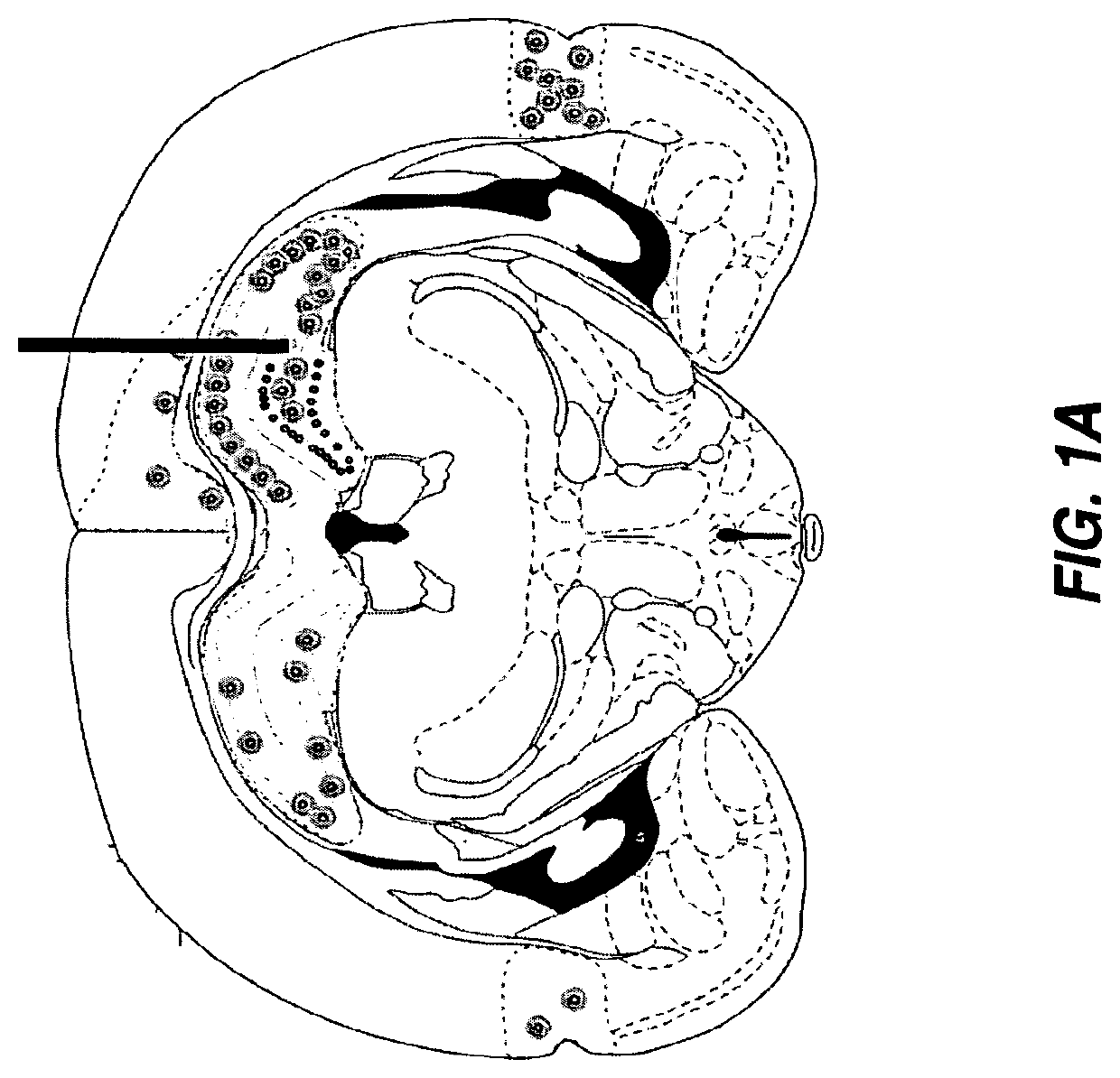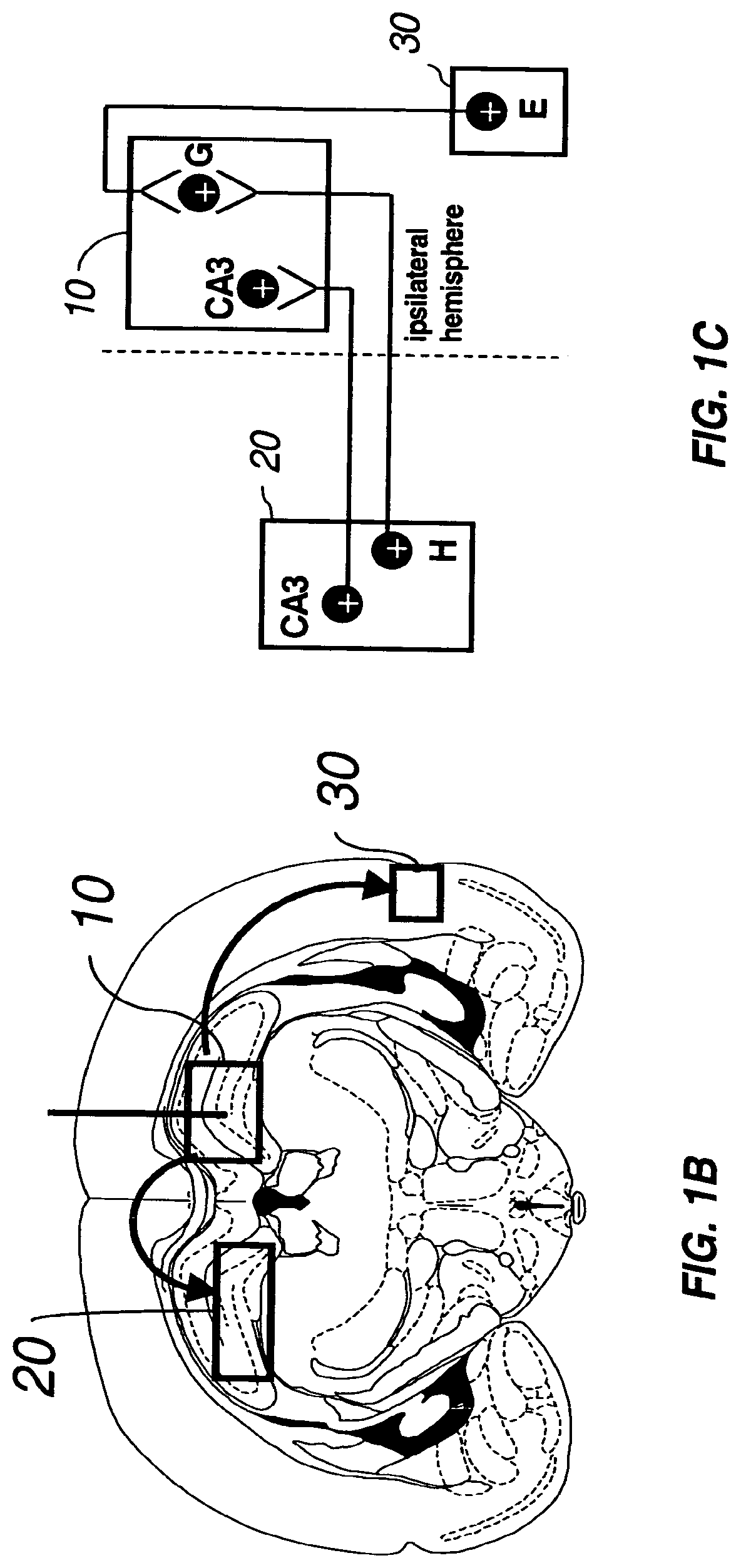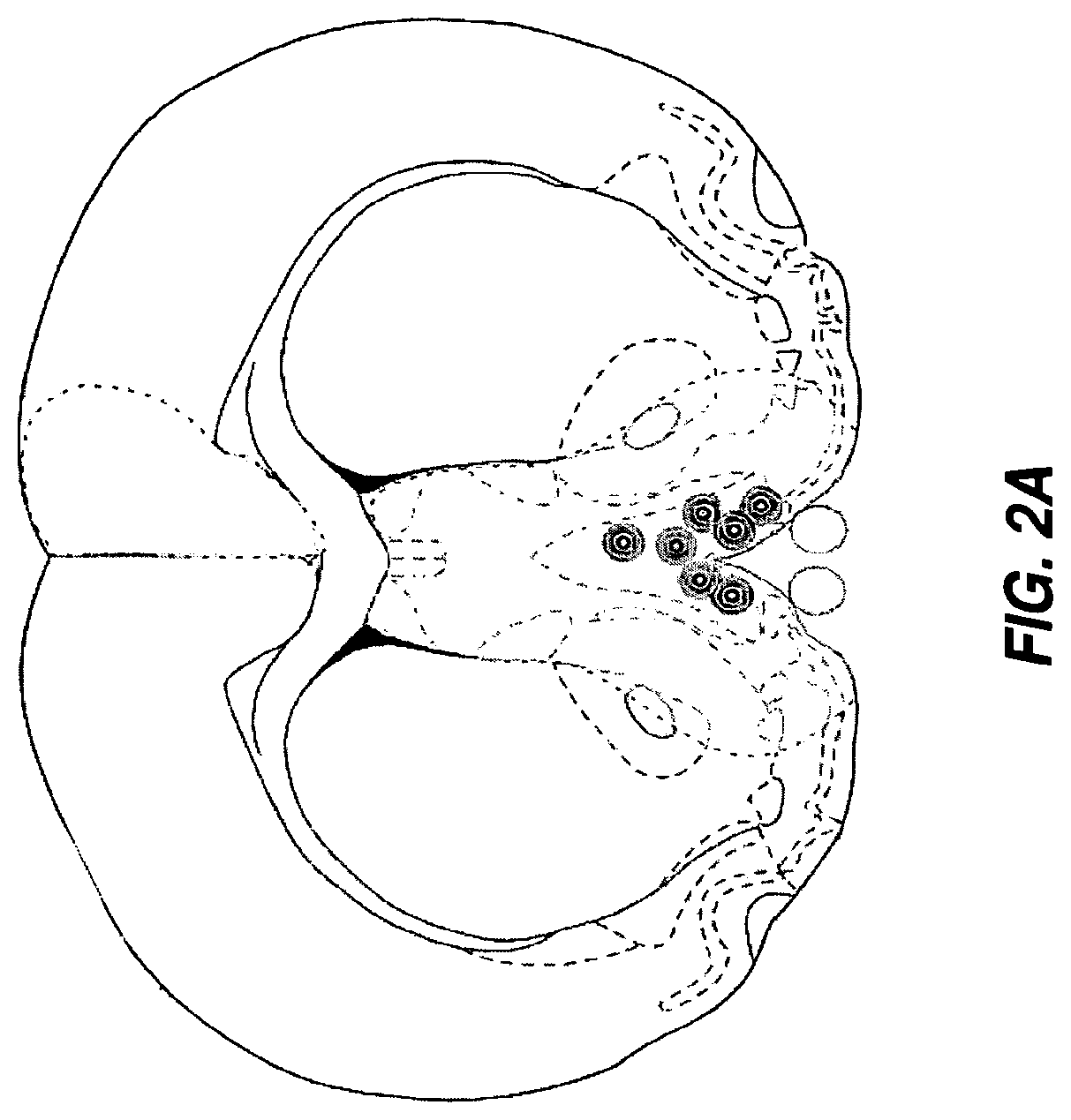Gene therapy for neurometabolic disorders
a neurometabolic disorder and gene therapy technology, applied in the direction of genetic material ingredients, peptide/protein ingredients, viruses/bacteriophages, etc., can solve the problems of not responding to intravenous ert, need to reverse lysosomal storage pathology in multiple separate tissues, and failure to introduce a replacement enzyme into the brain by direct injection
- Summary
- Abstract
- Description
- Claims
- Application Information
AI Technical Summary
Benefits of technology
Problems solved by technology
Method used
Image
Examples
examples
Titration of Recombinant Vectors
[0062]AAV vector titers were measured according to genome copy number (genome particles per milliliter). Genome particle concentrations were based on Taqman® PCR of the vector DNA as previously reported (Clark et al. (1999) Hum. Gene Ther., 10:1031-1039; Veldwijk et al. (2002) Mol. Ther., 6:272-278). Briefly, purified AAV-ASM was treated with capsid digestion buffer (50 mM Tris-HCl pH 8.0, 1.0 mM EDTA, 0.5% SDS, 1.0 mg / ml proteinase K) at 50° C. for 1 hour to release vector DNA. DNA samples were put through a polymerase chain reaction (PCR) with primers that anneal to specific sequences in the vector DNA, such as the promoter region, transgene, or the poly A sequence. The PCR results were then quantified by a Real-time Taqman® software, such as that provided by the Perkin Elmer-Applied Biosystems (Foster City, Calif.) Prism 7700 Sequence Detector System.
[0063]Vectors carrying an assayable marker gene such as the β-galactosidase or green fluorescent pr...
PUM
| Property | Measurement | Unit |
|---|---|---|
| distance | aaaaa | aaaaa |
| distance | aaaaa | aaaaa |
| distance | aaaaa | aaaaa |
Abstract
Description
Claims
Application Information
 Login to View More
Login to View More - R&D Engineer
- R&D Manager
- IP Professional
- Industry Leading Data Capabilities
- Powerful AI technology
- Patent DNA Extraction
Browse by: Latest US Patents, China's latest patents, Technical Efficacy Thesaurus, Application Domain, Technology Topic, Popular Technical Reports.
© 2024 PatSnap. All rights reserved.Legal|Privacy policy|Modern Slavery Act Transparency Statement|Sitemap|About US| Contact US: help@patsnap.com










